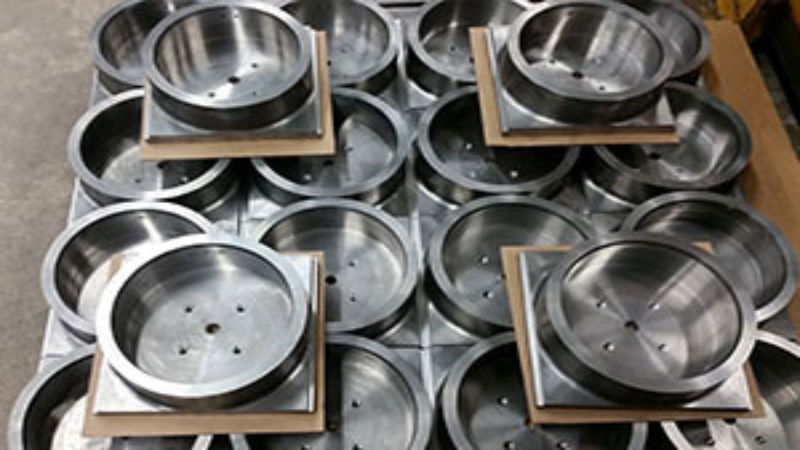Now that you have your new waterjet cutting machine, you are probably eager to put it to use and see exactly what it can do. Chances are quite high that if you purchased the machine for your business, you already know what it is capable of. The only way to really know what it can do and to get better at using it is to use it yourself. There are actually some tips that you can follow to help make the cutting process a little easier and sometimes even more accurate. Here are some tips for your waterjet that you might want to keep in mind.
Air gaps can sometimes lead to rough cuts. Although waterjet cutting machine is very accurate, you can still get rough cuts if you decide to cut through air gaps that are too thick. Many times these gaps happen when cutting more than one sheet at a time. As a rule of thumb, don’t cut through air gaps larger than 0.02 inches. Larger gaps and easily leave rough cuts on the layers underneath. Instead, keep the sheets that you are cutting close together to hopefully eliminate the air gaps and chances for rough cuts.
You can actually change how smoother your cuts are with your waterjet. For instance, you might consider a smaller abrasive for smoother surfaces. 80 and 50 mesh make for pretty smooth surfaces, but 120 mesh can be even smoother. In other words, go with a smaller mesh if you are looking for even smoother surfaces. The smaller mesh might cut a little bit slower, but it will certainly be smoother.
It can also be wise to consider a bulk transport for using different abrasive meshes if you use different sizes all the time. This is especially relevant if you do different jobs constantly. Using a bulk transfer can reduce your downtime with the machine, hopefully keeping your production up.
Some people might find what is known as hazing at the top of a cut from a waterjet. You can actually reduce the chances of hazing—also known as frosting—by cutting underwater. However, keep in mind that cutting underwater makes it more difficult to see the jet. Ultimately, it is up to whoever is operating the waterjet to decide if they want to cut underwater. Electronic performance monitoring can also help with underwater cuts.
Waterjet cutting takes a little bit of time and skill to get the hang of. If you are looking to make your machine’s cutting a little better, consider some of the tips listed above.
